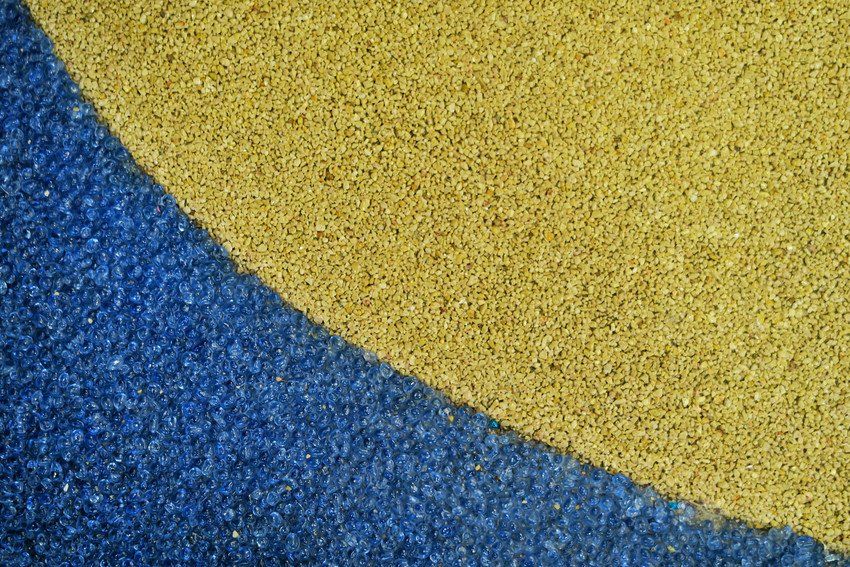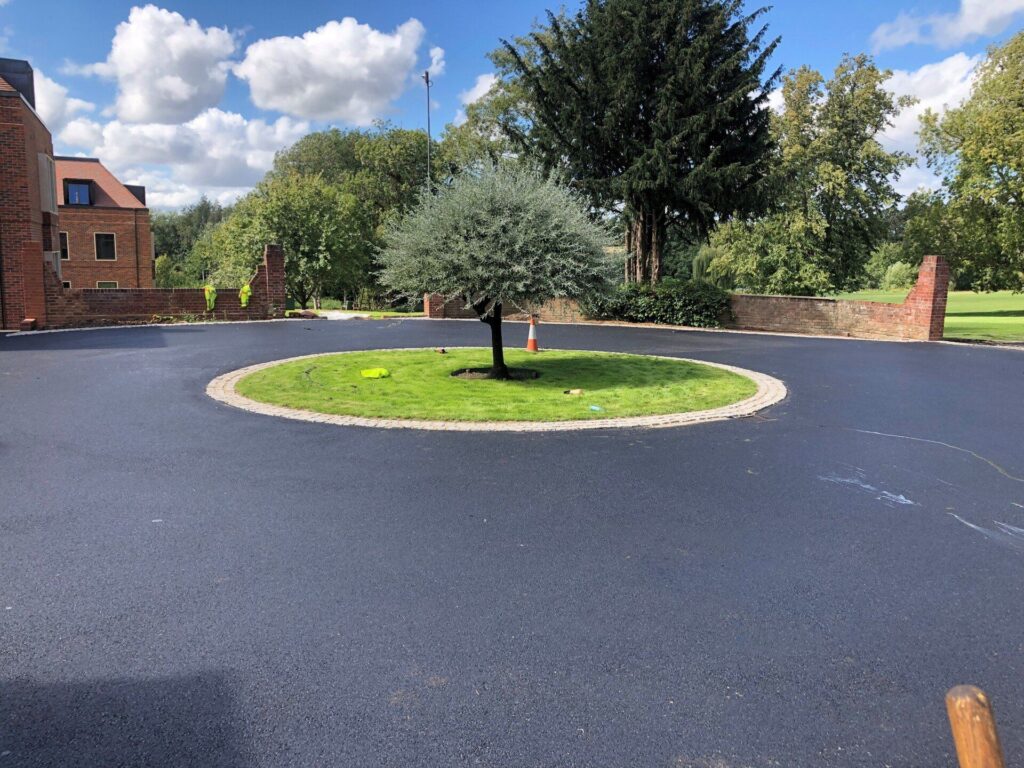Over time, roads and highways get worn away by vehicle and foot traffic, changes in temperature, weather damage, leaking oil and many other factors. If left to deteriorate, this could make the road less safe to drive on and lead to long-term damage that’s expensive to repair.
By arranging high-quality surface dressing from a reputable contractor before your roads deteriorate, you keep them in top condition for as long as possible. This lets you improve road safety and save time and money in the long term.
Road surface dressing is a type of preventative maintenance treatment. It involves sealing the surface of an existing road with a mixture of polymer-modified bitumen and a layer of aggregate chippings.
When applied to a road that’s still in good condition, surface dressing helps protect against damage and decay. It’s a fast, efficient and cost-effective treatment that forms a vital part of any highway maintenance plan.
Surface dressing is also suitable for footpaths and driveways, even in home projects.
The experienced and fully accredited team at Hazell & Jefferies Ltd delivers comprehensive road surface dressing in Oxford, Reading, Berkshire and the surrounding areas. Get in touch for fast surface dressing at an excellent price with minimal disruption to traffic.
Road surface dressing is a preventative maintenance method applied to roads that are currently in good condition. But road resurfacing involves removing portions of a damaged road and laying a new asphalt surface to replace it. This process is often costly and time-consuming, so it’s a good idea to arrange road surface dressing well in advance
Surface dressing is most effective when applied to roads that aren’t yet significantly deteriorated. So you may be wondering why you should invest in roads that are in good condition while there are damaged roads that need repair.
By sealing the road against damage risk factors, road surface dressing greatly slows natural wear and tear. This prevents deformations and potholes, which are difficult, time-consuming and expensive to fix.
Protecting your roads with surface dressing before they decay, you can save a lot of time and money in the long term. This gives you more resources to complete repairs elsewhere and keep all your roads in good condition.
At Hazell & Jefferies Ltd, we’re equipped to provide all types of road surface dressing. These include:
First, a polymer-modified bitumen binder is sprayed onto a clean, dry road surface. This can be done by hand for smaller projects, or with a spray tanker for larger maintenance works. Then, small and consistently sized stone chippings (called aggregate) are spread on top. Finally, the surface is rolled to embed with chippings into the bitumen binder.
Successful road surface dressing relies on warm, dry weather. As such, these works are usually carried out between May and August. Since this is a popular time for road maintenance, it’s always best to schedule road surface dressing early.
You can expect a high-quality road surface dressing from Hazell & Jefferies Ltd to last around 10 years. And on less busy roads it can last much longer.
You can apply surface dressing up to three times before the road may need resurfacing.
Surface dressing is a cost-effective preventative measure intended for roads that are in relatively good condition. The dressing lasts for around 10 years and roads can be redressed up to three times before resurfacing becomes necessary. It’s a quick and efficient process that causes minimal disruption and inconvenience to motorists and residents.
Road resurfacing, on the other hand, is a more extensive structural maintenance treatment. It involves removing the top layer of a damaged road surface and replacing it with a brand new surface. The process is more costly and takes longer to complete, but restores the road surface to optimal condition.
As well as local and nationwide road surface dressing, the experts at Hazell & Jefferies Ltd also offer dependable and efficient concrete resurfacing. We’ve worked with private estates and developments, local authorities and the Crown Estate on projects large and small.
Speak with our team today for a road resurfacing quote.
As a reputable family-owned business with more than 50 years’ experience, we support all manner of home and commercial projects with quality road surface dressing and resurfacing. We’re available for work in Oxford, Reading, Berkshire and the surrounding areas, as well as nationwide.Contact us today to get a quote for your upcoming project.
From small domestic footpaths and driveways to heavily used roads and highways, all road surfaces wear over time. Potholes and loose stones can be serious safety hazards, so preventative road maintenance is vital to avoid public risk.
One of the most popular solutions to this problem is road surface dressing. It’s an affordable and effective way to preserve and seal road surfaces without the need for expensive and disruptive rebuilding works. Road surface dressing is typically three or four times cheaper than other preventative methods and can extend the road’s lifespan by over 10 years.

